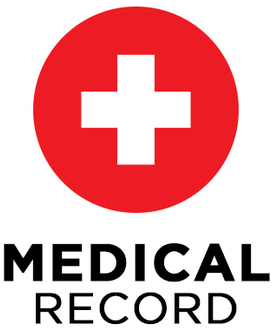What's Medical Records Department
In recent years, medical record-keeping has evolved into a science that is increasingly using computers and digital technology to fulfill the needs of clinicians, researchers, administrators, legal regulatory agencies, and insurance companies. Medical records are important because ‘people forget and record remembers’. The Medical Records Department, which is entrusted with the storage, analysis, and retrieval of records, plays a vital role in management, planning, medical audits, policy decisions, and research in our institution. Further, the information provided by this department to the health authorities of the city, state, and country forms the basis on which several health-related decisions are taken at those levels. The Medical Records Department (MRD) at Bansal Hospital is one of the best in the region, having meticulously followed well-established procedures ever since its inception and having updated them regularly, including the use of Information Technology.

Hospital statistics
A medical record is defined essentially as a document that supplies:
- A basis for the continuity of patient care;
- A fundamental means of communication among healthcare personnel;
- A source of comparative studies and research;
- A medium of education for medical and paramedical personnel; and
- A legal protection for institutions, practitioners, and patients.
According to McGibony, a chronicle of the pageantry of medical and scientific progress is found in hospital records. In Bansal Hospital, the record is source-oriented and is divided into sections such as the physician’s notes, laboratory reports, and nurses’ notes. The entries in each section are arranged in chronological order. The MRD plays a vital role in management, planning, medical audits, policy decisions, and research. The statistics generated by the department act as a catalyst in the process of healthcare and quality management.
The MRD of our hospital assures high-quality services and complies with the guidelines of certifying bodies such as the National Accreditation Board for Hospitals and Healthcare Providers (NABH) and the International Organization for Standardization (ISO). In a recent NABH reassessment audit, the department was acknowledged as one of the best departments of the hospital. It also received appreciation from the Government of India for efficiently implementing the coding of diseases according to ICD-10 in the second review meeting for improving and strengthening of ICD-10 and Medical Records System in India by the Central Bureau of Health Intelligence at the National Institute of Health and Family Welfare (NIHFW)
Hospital statistics
Hospital statistics are prepared on a monthly, quarterly, half-yearly, and annual basis, as follows, and submitted to the management.
The graphical charts are based on year-wise analysis.
- Total admissions/discharge report-monthly/daily
- Average outpatient attendance per day
- Specialty/doctor-wise operations
- Inpatient sex ratio
- Bed occupancy rate
- Average length of stay
- Birth rate/mortality rate/infant mortality rate/maternal mortality rate
